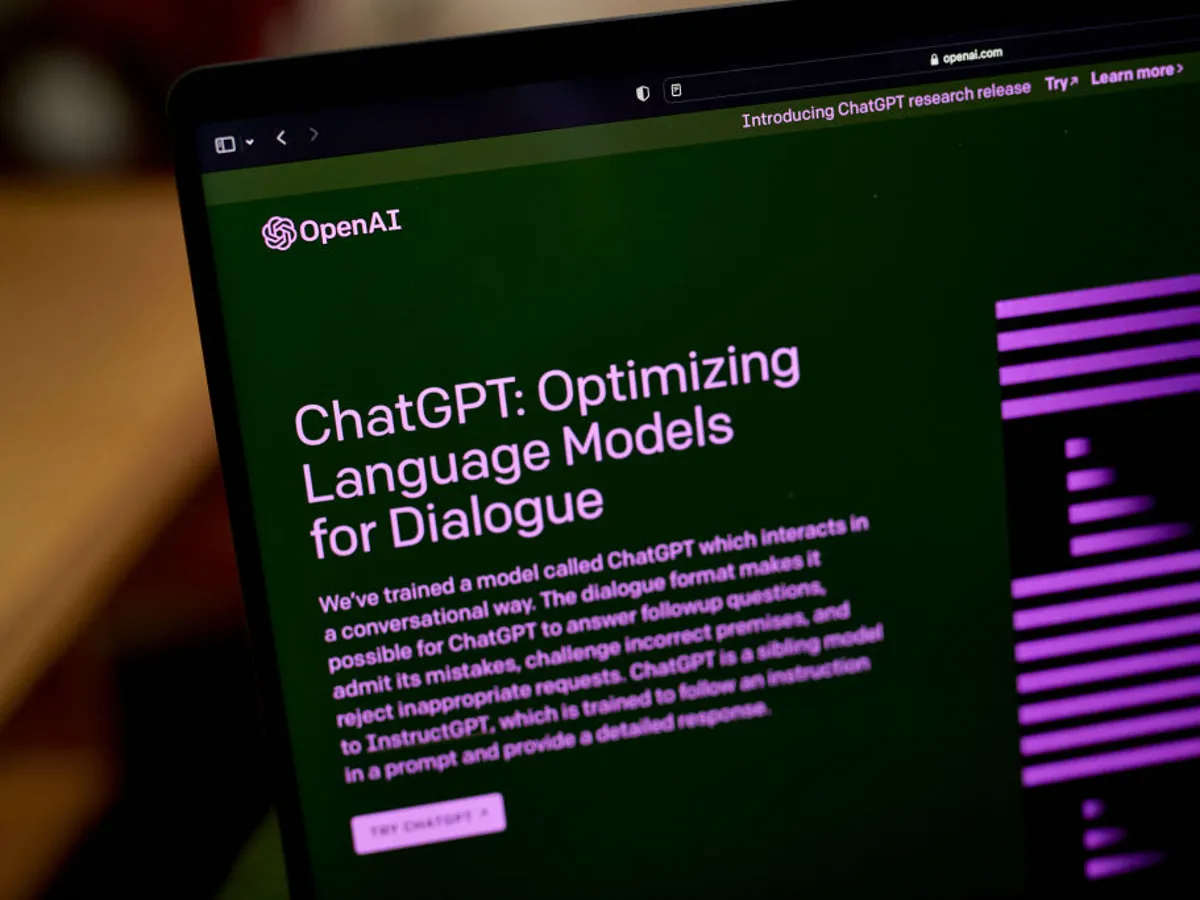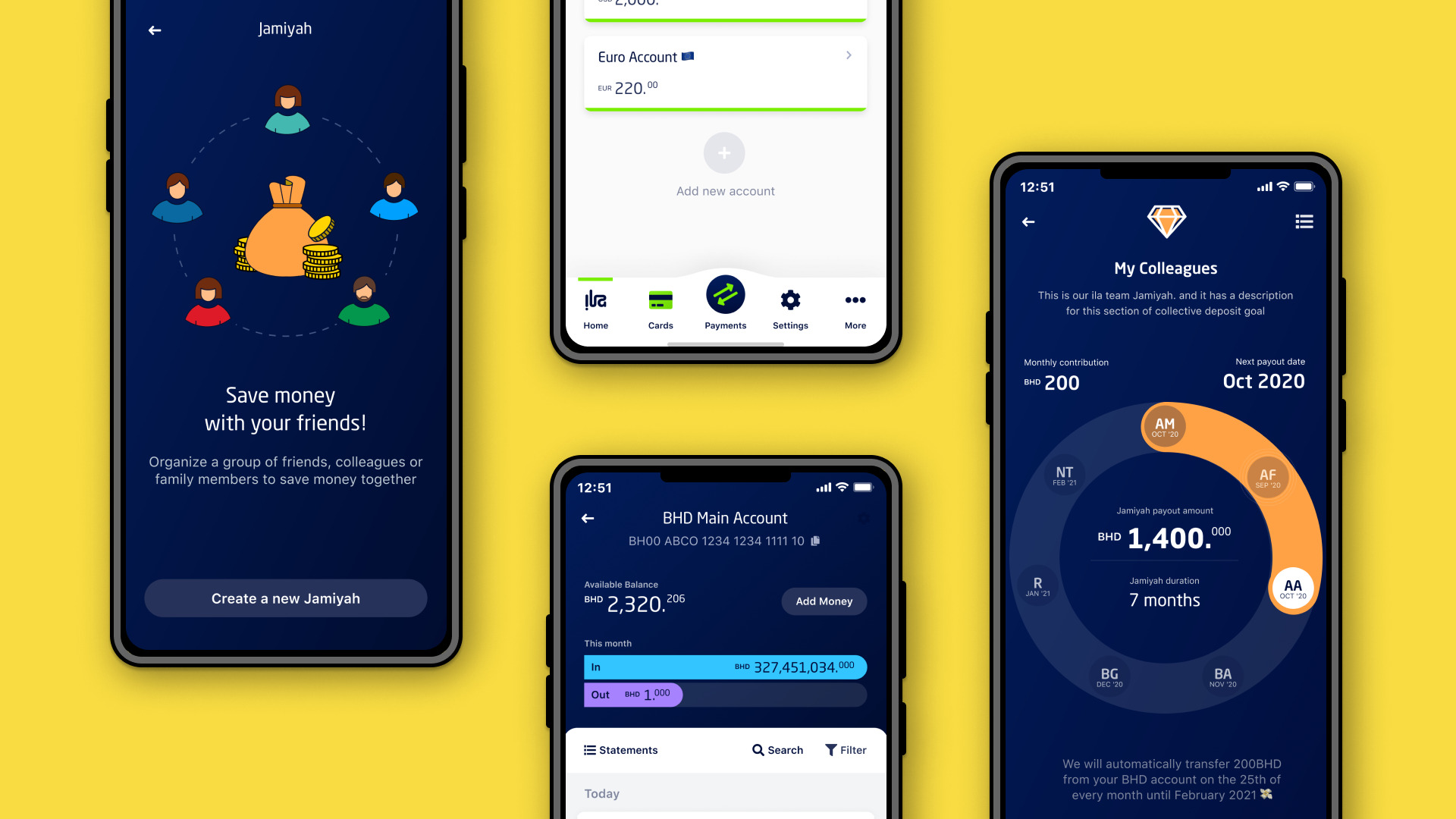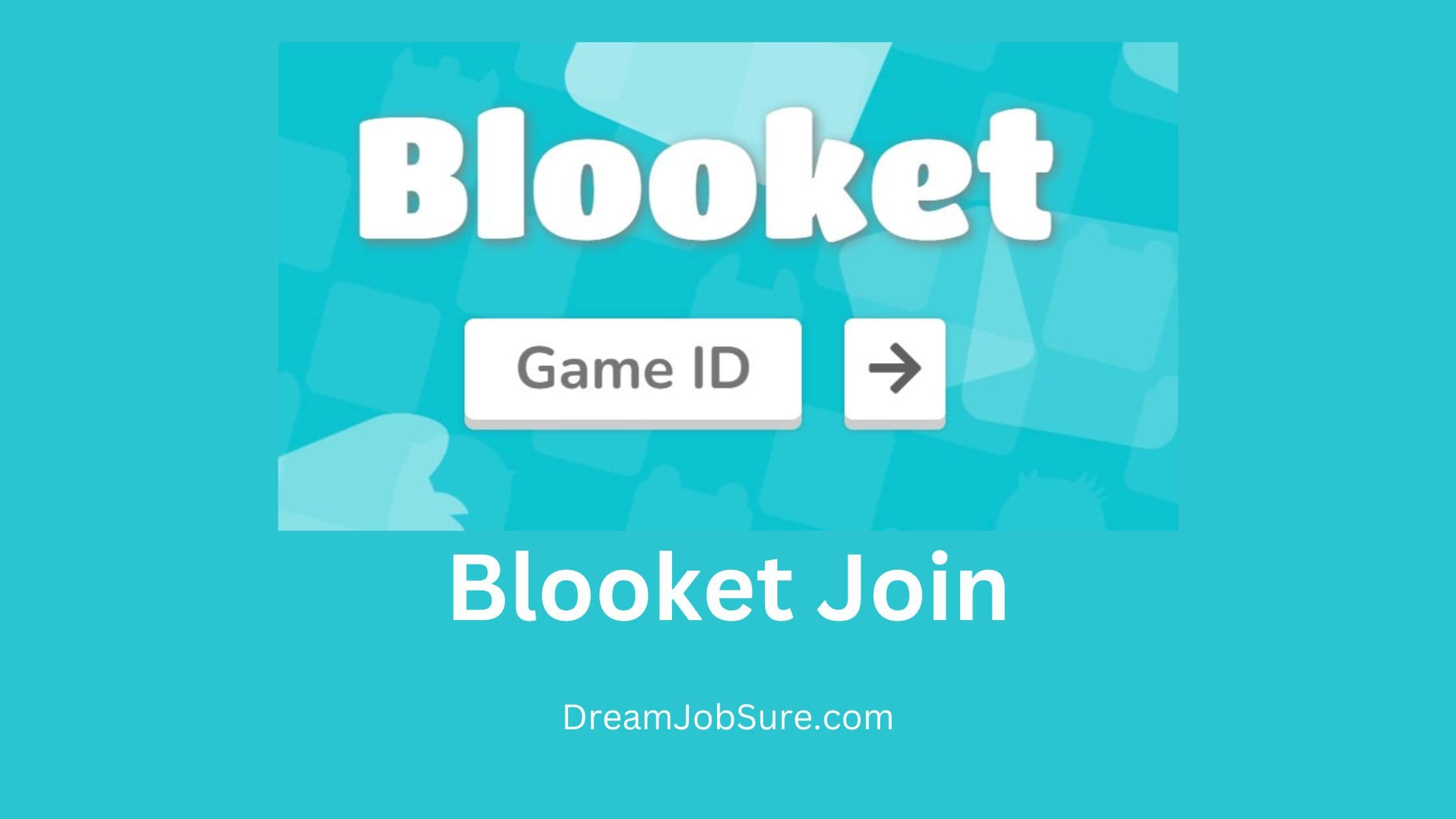What is ChatGPT?
ChatGPT is a state-of-the-art AI language model built on OpenAI’s GPT (Generative Pre-trained Transformer) architecture. It’s a descendant of the original GPT model but with significantly enhanced capabilities. The model is designed to generate coherent and contextually relevant text, making it ideal for a wide range of applications.
The Evolution of AI Language Models
Before we delve deeper into ChatGPT, it’s essential to understand the evolution of AI language models. Early language models struggled to capture the intricacies of human language due to limited data and computing power. However, with advancements in deep learning and the availability of vast datasets, models like GPT and its iterations, including ChatGPT, have achieved remarkable fluency and coherence in their output.
How ChatGPT Works
ChatGPT’s ability to generate human-like text stems from its two-phase training process.
Pre-training Phase
In this phase, ChatGPT is exposed to an extensive dataset of diverse internet text, allowing it to learn patterns, grammar, and context. The model learns to predict the next word in a sentence, which enables it to grasp language structures effectively.
Fine-tuning Phase
After pre-training, ChatGPT goes through a fine-tuning process on more specific datasets to adapt it to particular tasks or domains. This step enhances the model’s performance and tailors it to be more useful in real-world applications.
Use Cases of ChatGPT
ChatGPT has found a wide range of applications across various industries, thanks to its natural language understanding and generation capabilities.
Content Creation
One of the most popular uses of ChatGPT is content creation. Bloggers, writers, and marketers leverage ChatGPT to generate articles, social media posts, and ad copies quickly and efficiently.
Customer Support
ChatGPT is also employed in customer support systems to provide instant responses to frequently asked questions, thereby reducing response times and enhancing customer satisfaction.
Language Translation
With its proficiency in multiple languages, ChatGPT assists in translating text from one language to another accurately.
Code Writing
ChatGPT has even been used to generate code snippets, simplifying programming tasks for developers.
Advantages of ChatGPT
The widespread adoption of ChatGPT can be attributed to several key advantages it offers.
Versatility
ChatGPT’s versatility enables it to perform well across different domains, making it suitable for various tasks.
Time and Cost Efficiency
Using ChatGPT can significantly save time and costs, as it automates content creation and support processes.
Improved User Experience
Integrating ChatGPT into applications and websites can enhance the user experience by providing prompt and accurate responses.
Ethical Considerations and Challenges
Despite its benefits, ChatGPT raises important ethical considerations and challenges.
Bias and Fairness
Language models like ChatGPT can inadvertently perpetuate biases present in the data they are trained on, leading to unfair or discriminatory outputs.
Misinformation and Manipulation
There is a risk that malicious actors could misuse ChatGPT to generate false information or manipulate users.
Privacy and Data Security
Using language models involves handling large amounts of data, necessitating robust security measures to protect user information.
ChatGPT’s Impact on the Future
ChatGPT’s capabilities have far-reaching implications for various aspects of our lives.
Job Market Transformation
As AI continues to advance, the job market will undergo significant changes, with new roles and responsibilities emerging alongside AI integration.
Education and Learning
AI language models could revolutionize education by offering personalized and interactive learning experiences.
Comparison with Other AI Language Models
ChatGPT’s performance can be compared with other popular AI language models.
GPT-3 vs. BERT
ChatGPT’s architecture differs from BERT, another widely-used language model, resulting in variations in their strengths and weaknesses.
OpenAI vs. Competitors
OpenAI’s continuous efforts to innovate and improve ChatGPT contribute to its competitive edge in the AI industry.
How to Use ChatGPT Effectively
To make the most of ChatGPT, users should follow these best practices.
Writing Engaging Prompts
Clear and engaging prompts lead to more relevant and coherent responses from ChatGPT.
Providing Clear Instructions
Offering specific instructions ensures that ChatGPT generates the desired output.
Incorporating Feedback Loops
Continuously providing feedback helps in refining ChatGPT’s responses and reducing errors.
The Future of ChatGPT and AI
The future holds immense potential for ChatGPT and similar AI language models, with further advancements anticipated.
FAQs
Q: Is ChatGPT better than human writers?
A: ChatGPT complements human writers but cannot fully replace them. It excels in generating content quickly but may lack human creativity and intuition.
Q: How does ChatGPT handle different languages?
A: ChatGPT is trained on multilingual data, enabling it to understand and generate text in various languages effectively.
Q: Can ChatGPT learn from user interactions?
A: Currently, ChatGPT’s fine-tuning is done in a supervised manner, but it can adapt to user interactions to some extent.
Q: Is ChatGPT secure to use?
A: OpenAI has implemented security measures to protect user data and ensure the safe usage of ChatGPT.
Q: What makes ChatGPT unique compared to other language models?
A: ChatGPT’s uniqueness lies in its balance of fluency, coherence, and versatility, making it suitable for diverse applications.
Conclusion
ChatGPT’s emergence represents a groundbreaking milestone in AI language models. Its remarkable fluency and versatility make it a valuable tool across various industries. However, ethical considerations and responsible usage are vital to harness its potential fully.







